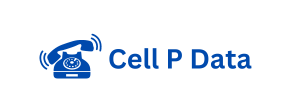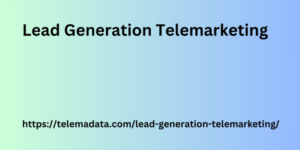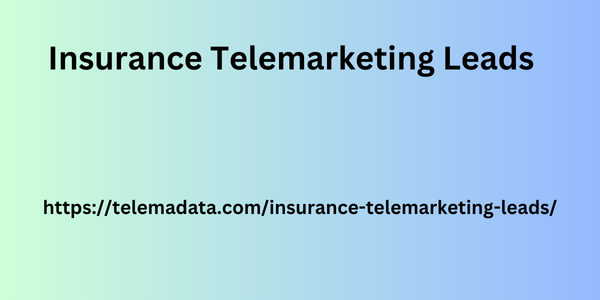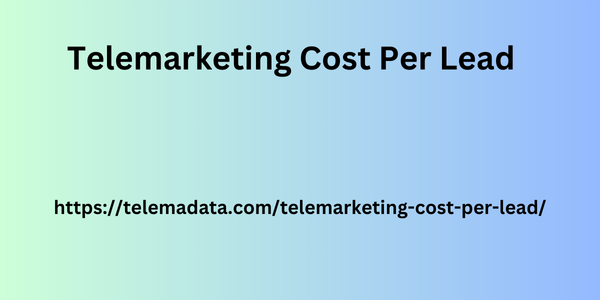How many people The Golden Ratio of Reach: How Many Contacts Should Be in Your Database?
The ideal size of your contact database isn’t a one-size-fits-all answer. It depends on a variety of factors unique to your business or organization. Here’s a breakdown to help you determine the sweet spot for your contact database:
Consider Your Goals:
Targeted Outreach: Are you aiming for highly personalized communication with a select group? You might thrive with a smaller, well-curated database.
Brand Awareness: Looking to broaden your reach and spread brand awareness? A larger database with diverse contacts can be beneficial.
Quality Over Quantity:
It’s tempting to aim for a massive database, but quality trumps quantity.
Relevance is Key: Focus on building a database filled with relevant contacts who align with your target audience or customer base.
Engagement Matters: Having a smaller, highly engaged database is often more effective than a larger, disengaged one.
Segmenting for Success:
No matter the size, segmentation Lead Generation Telemarketing is your friend. Divide your database into groups based on demographics, interests, or purchase history. This allows for targeted communication and increases the effectiveness of your outreach.
Growth Strategies:
Organic Growth: Offer valuable content, build an engaging online presence, and encourage sign-ups through website forms.
Strategic Partnerships: Collaborate with complementary businesses to expand your reach and build a database of qualified leads.
Paid Advertising: Utilize targeted advertising platforms to reach a specific audience and grow your database with relevant contacts.
Metrics to Monitor:
Open Rates: Analyze email open rates to gauge engagement with your content. Low open rates might indicate a need for database segmentation or content refinement.
Conversion Rates: Track how many contacts convert into customers or leads. This helps you understand the effectiveness of your outreach efforts.
Cost per Lead: Calculate the cost of acquiring new contacts through different methods. This helps determine the most cost-effective ways to grow your database.
The Final Verdict:
There’s no magic number for the perfect database size. Instead, focus on building a targeted, engaged database that aligns with your overall goals. Prioritize quality over quantity, utilize segmentation strategies, and monitor key metrics to ensure your reach remains effective. Remember, a well-maintained database brimming with relevant contacts is a powerful asset for any business or organization.
SEO Optimization Tips:
Include relevant keywords throughout the article, such as “contact database management,” “database segmentation,” “email marketing metrics,” “cost per lead.”
Link to authoritative sources when discussing marketing best practices and calculating marketing metrics.





